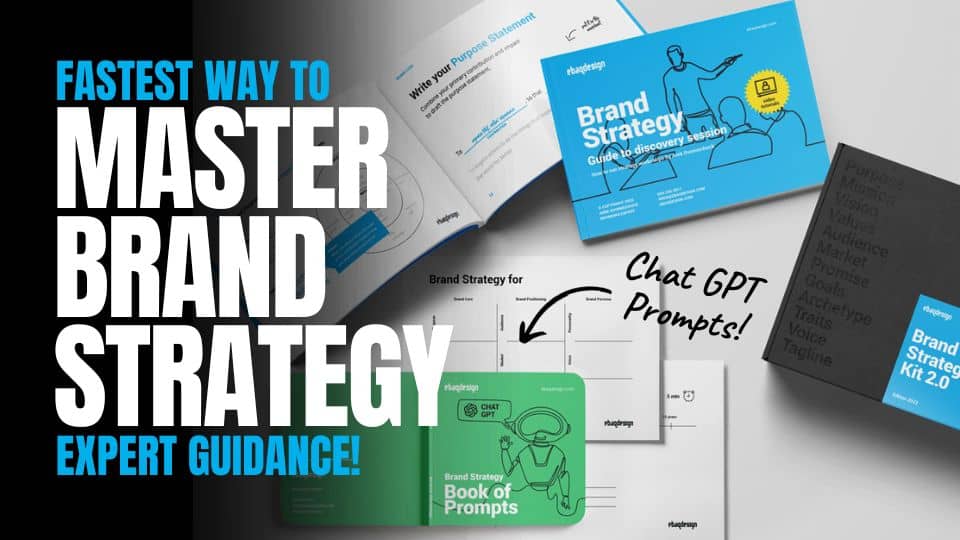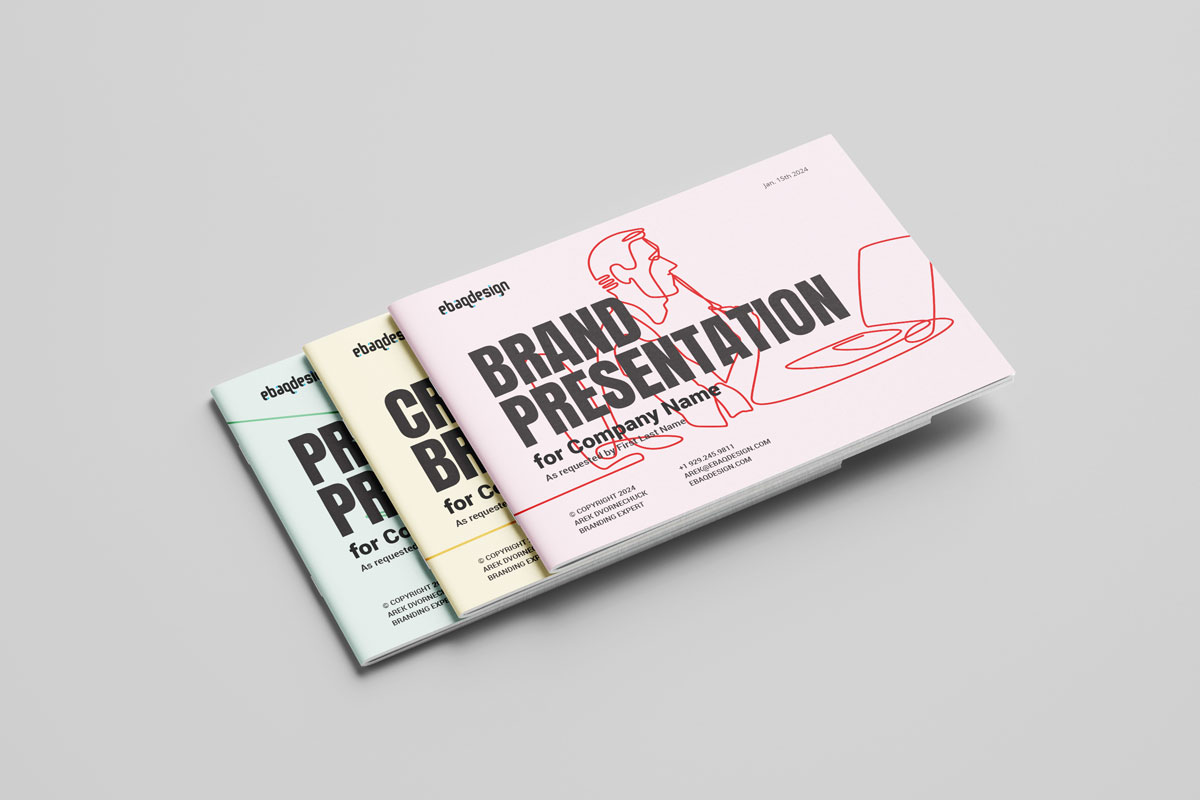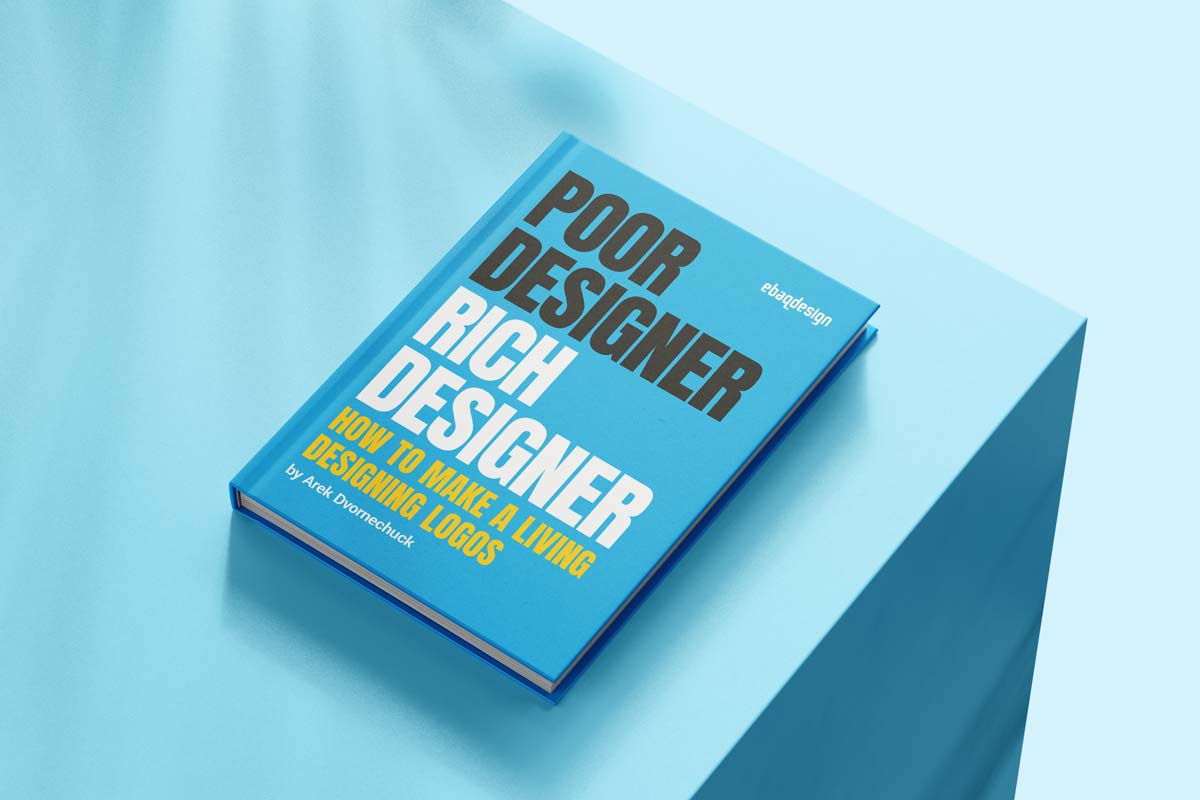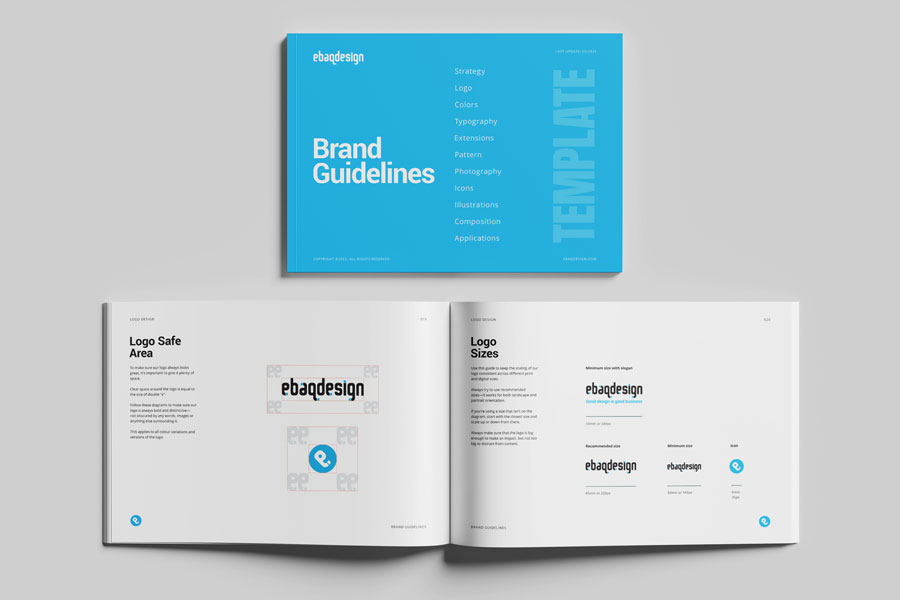An interview with
Alexandra Watkins
In the 10th episode of On Branding Podcast, Arek Dvornechuck interviews Alexandra Watkins and we talk about how to create brand names that stick.
Follow Alexandra on LinkedIn, Twitter, Facebook and check out her Website.
Check out her book "Hello, My Name Is Awesome"
Also check out Alexandra's online course “How To Create Super Sticky Brand Names” and use the code “EBAQ” to get $300 OFF!

































